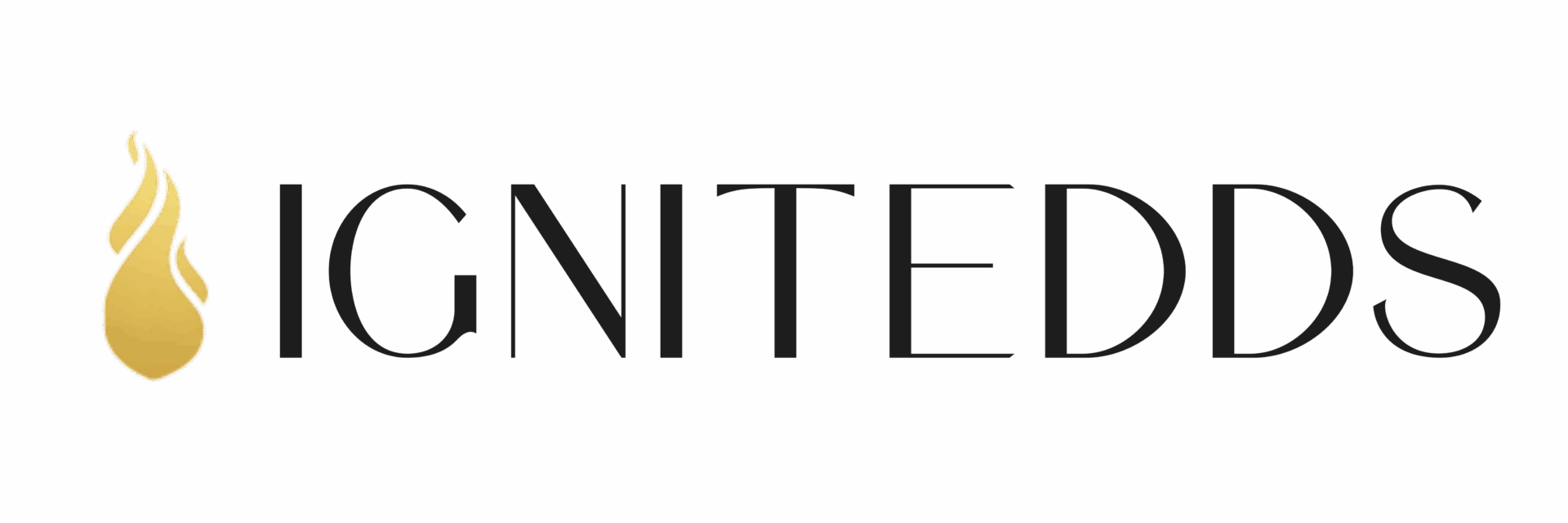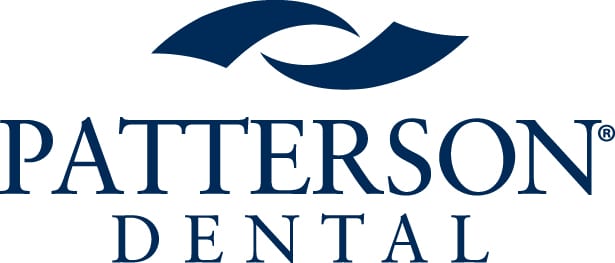By: Riccardo Ammannato, DDS
This Topic Originally Appeared on PankeyGram.Org. Dr. Ammannato granted permission for igniteDDS to share with our readers.
The goal of treating severely worn teeth is to improve the smile appearance and extend the function of the teeth. To ensure patient comfort and health, achieving stable posterior occlusion and efficient anterior guidance is essential.
This article aims to inspire dentists to explore the indicators and benefits of the no-prep “index technique” for diagnosing and restoring worn teeth with composite restorations.
The Benefits of the Index Technique

Conservation Of The Natural Tooth Structure
Whenever possible, dentistry should be additive, not subtractive-additive. The adhesion of composite resin is now so reliable that retentive cavity preparations are not always necessary. The digital index technique protocol proposes a conservative and alternative approach based mainly on minimally or noninvasive copy-and-paste composite restorations on both ante¬rior and posterior teeth. In anterior sextants with undercuts, a direct molding technique allows the clinician to be extremely conservative.
Simple Repair
Another positive trait of this technique is the relative ease with which chipping or restorative failure can be managed by applying a simple adhesive protocol. Full loss or detachment of the restoration is an unlikely occurrence. Partial failure can be easily repaired with fresh composite following proper surface treatment: sandblasting, salinization, and bonding of all surfaces.
Less Clinical Time And Expense
This technique shortens the time to finalize a case. The technique requires a wax-up for planning the case and the fabrication of a transparent index but no other digital or analog lab expense. (See accompanying images above.) With this technique, you can avoid or postpone a more biologically invasive and financially costly solution.
Long-Lasting Aesthetic Results
Nanohybrid composite has good wear characteristics. Its superficial gloss lasts, and the composite can be easily repolished during patient re-calls.
Reversibility – No Tooth Structure Removal
With the index technique, you can remove the composite to restore the patient’s teeth to the occlusion they had before treatment if necessary. It should be noted that it is not easy to remove composite after adhesion due to bonding strength and composite chromatic integration with the natural tooth.
In Conclusion
If you’re interested in advancing your adhesive restorative skills in treating severely worn teeth, join me at The Pankey Institute for “Worn Dentition: Direct & Indirect Adhesive Management through a Non-Invasive Approach”
You will learn through an in-depth, two-day workshop the indications and protocols for diagnosing and treating severely worn dentition using the new direct “Index technique” approach. The course also will cover when and how to bond on worn dentition using additive partial indirect restorations (onlays/overlays) in composite and/or ceramic. The step-by-step protocols for digital and analog workflows will be addressed during the workshop through step-by-step images and videos on patients in order to understand this “hybrid approach”. Don’t miss out on this opportunity to transform your patient’s smile with minimally invasive composite restorations!


